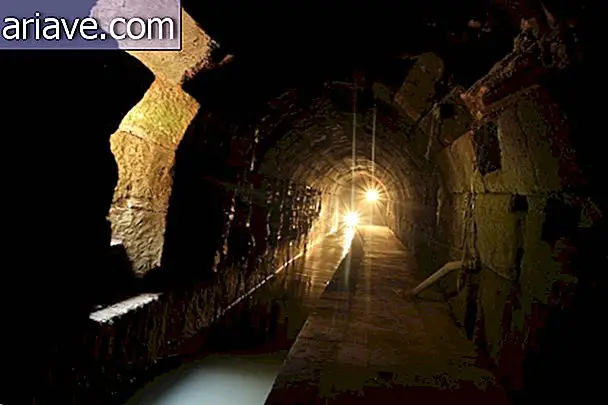Trinidad: get to know the most isolated island of the Brazilian coast
The easternmost point of the continental portion of the Brazilian territory is Ponta do Seixas, in João Pessoa (PB); but it is the island of Trindade, located 1, 100 kilometers inland, the first place in Brazil to see the sunlight: there, the day starts before 5 am, Brasília time.
Permanently protected by the Navy, the locality does not house permanent residents, except researchers and military personnel who are allowed to stay there temporarily. Communicating with the continent is through a lan house, which has four computers, and a public telephone, whose long-distance calls are free.

Source
At 9 square kilometers, it may appear to be tiny in territorial terms, but it was strategically important in the unknown South Atlantic in Great Navigational times. It was discovered by the Portuguese navigator João da Nova in 1501, and the following year it was called Trinity, in reference to the doctrine preached by Christianity. Two hundred years later, the English well tried to claim their possession, but were unsuccessful.
Geologists have come to the conclusion that the island is part of a chain of peaks that originated millions of years ago at the bottom of the Atlantic Ocean, resulting from volcanic activity - the so-called Victoria-Trinity Fracture Zone - which is a kind of submerged mountain range. which extends, in a straight line, from the capital of Espírito Santo to the African continent. Only two elevations are above sea level: Trinidad and the uninhabited archipelago of Martim Vaz, located 50 kilometers from the island and home to crabs and migratory birds.

Current reality
Despite being an ingrown paradise in the middle of the Atlantic Ocean, not all are flowers in Trinidad. Until the first half of the 19th century, the island was almost entirely covered with trees; However, the introduction of goats and the gradual removal of their vegetation cover initiated a strong and irreversible erosion process in the local soil. As a result, vegetation has become scarce, and several existing watercourses and springs have been depleted over time.
It is currently inaccessible to tourists and is under the care of 32 Navy officers and researchers investigating the richness of marine fauna. Far from the continent, Trinity regenerates from the impacts caused by human action and reigns silently over the waters of the South Atlantic.











